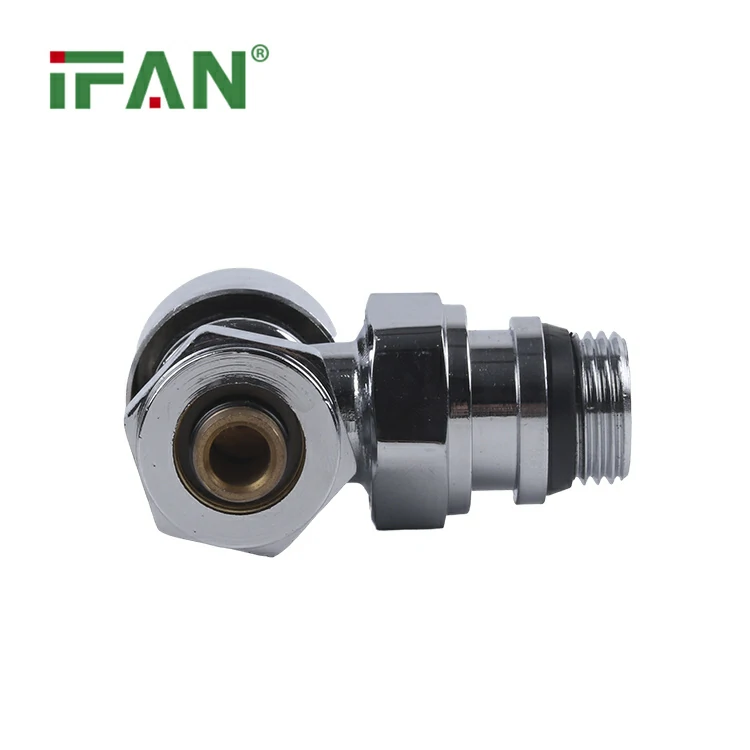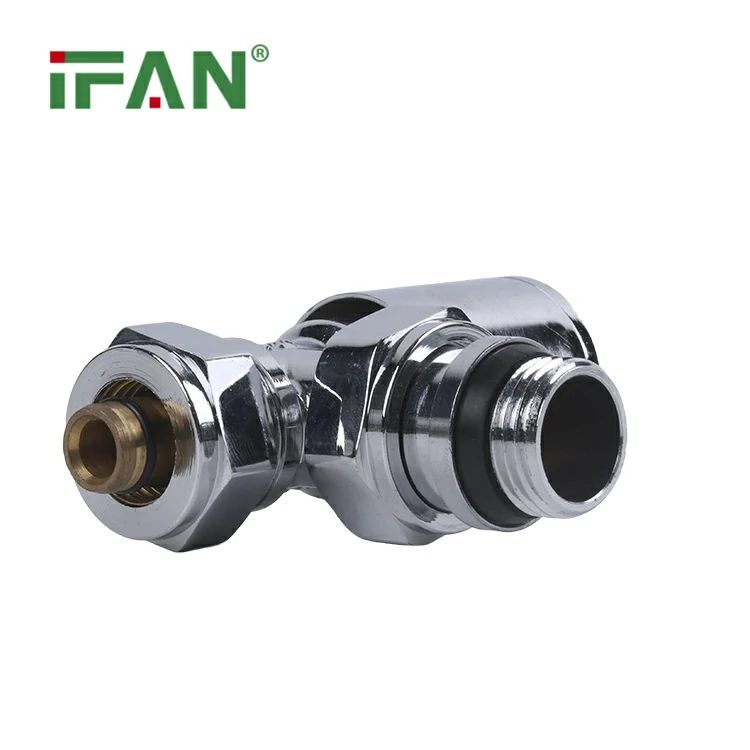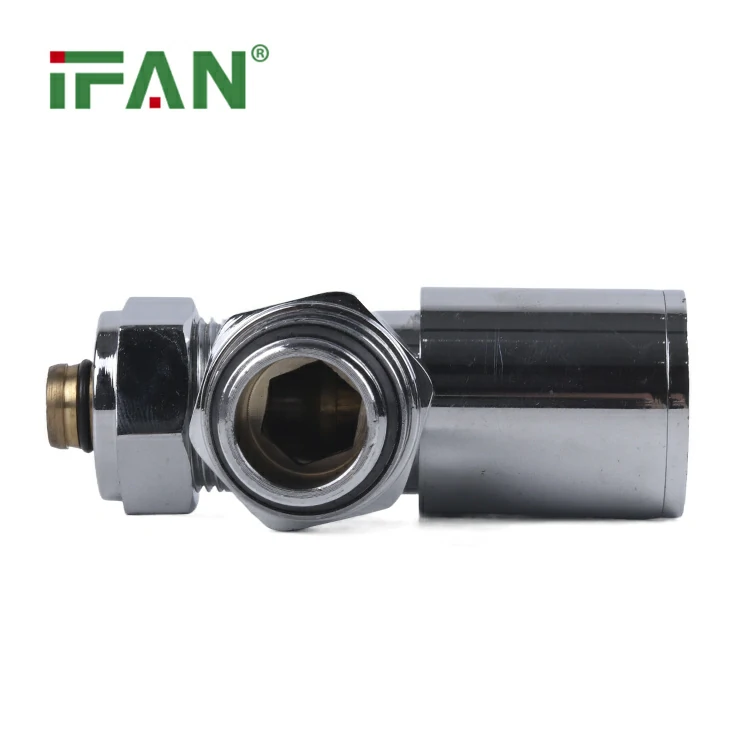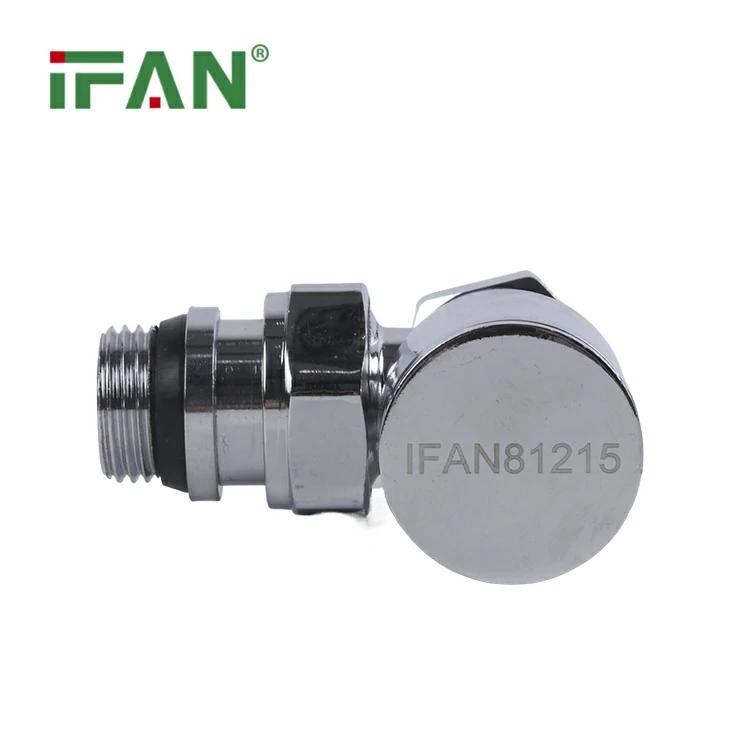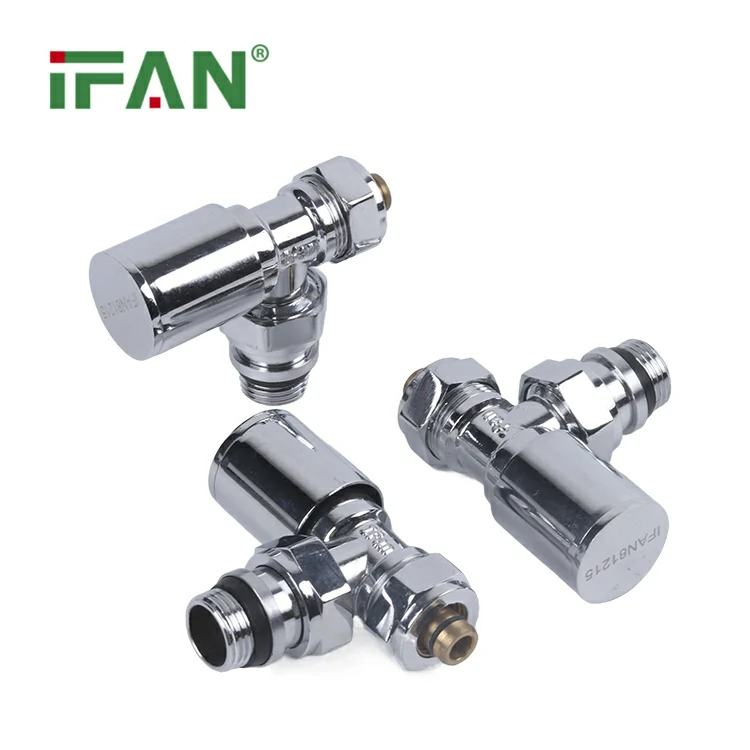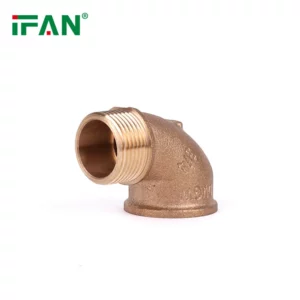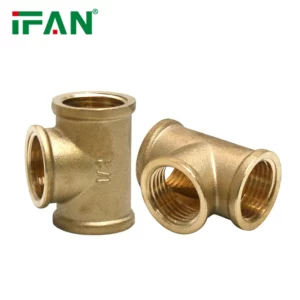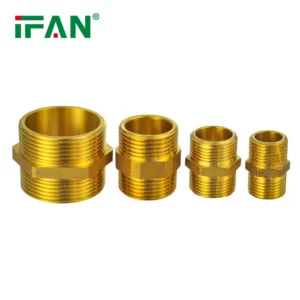Introduction to Radiator Valve
Thermostatic valves, or temperature control valves, are vital components in heating and cooling systems. They regulate fluid temperature, ensuring consistent and efficient performance. Understanding their mechanisms helps optimize their use in various applications.
Basic Principle of Radiator Valve
Thermostatic valves operate by sensing temperature changes and adjusting the flow of hot or cold fluids. They maintain a set temperature by modulating fluid flow, ensuring optimal system performance and comfort.
Key Components
Thermostatic valves consist of several key components: the valve body, a thermostatic element, a control knob, and a spring mechanism. The thermostatic element expands and contracts with temperature changes, regulating the valve’s opening.
Types of Thermostatic Valves
Various types of thermostatic valves exist, including thermostatic radiator valves (TRVs), mixing valves, and diverting valves. Each type serves different applications, from domestic heating to industrial processes.
Thermostatic Radiator Valves
TRVs regulate the temperature of individual radiators. They sense room temperature and adjust the hot water flow to the radiator. This ensures consistent room temperature, improving energy efficiency and comfort.
Thermostatic Mixing Valves
Thermostatic mixing valves blend hot and cold water to a desired temperature. They maintain this temperature regardless of fluctuations in supply temperatures. These valves are crucial in domestic hot water systems and safety applications.
Thermostatic Diverting Valves
Thermostatic diverting valves direct fluid flow based on temperature. They switch the flow between different outlets, ensuring optimal system performance. These valves are used in various industrial and HVAC applications.
Mechanism of Operation
The operation of thermostatic valves involves the thermostatic element, usually a wax or liquid-filled capsule. As the fluid temperature changes, the element expands or contracts. This movement adjusts the valve opening, modulating fluid flow to maintain the desired temperature.
Advantages of Radiator Valve
Thermostatic valves offer several advantages. They provide precise temperature control, enhancing comfort and safety. They improve energy efficiency by reducing overheating or overcooling.
Installation Guidelines
Proper installation ensures optimal performance of thermostatic valves. Install the valve according to manufacturer instructions, ensuring correct orientation and accessibility. Use appropriate fittings and ensure a leak-free connection before putting the valve into service.
Radiator Valve Maintenance
Regular maintenance extends the life of thermostatic valves. Inspect valves periodically for proper operation and signs of wear. Clean the valve and its components to remove any debris or buildup. Replace any worn or damaged parts promptly to maintain efficiency.
Environmental Considerations
Thermostatic valves contribute to environmental sustainability. They improve energy efficiency, reducing energy consumption and greenhouse gas emissions. Using thermostatic valves supports sustainable building practices and energy conservation.
Safety Considerations
Ensure proper safety measures when installing or maintaining thermostatic valves. Follow manufacturer guidelines and use appropriate tools. Test valves for leaks and proper operation before placing them in service. Properly maintained thermostatic valves enhance system safety and reliability.
Radiator Valve Common Applications
Thermostatic valves are used in various applications, including domestic heating systems, hot water systems, HVAC systems, and industrial processes. Their ability to maintain consistent temperatures ensures optimal performance in diverse environments.
Troubleshooting Tips
Identify and address common issues with thermostatic valves. Check for blockages or debris that may affect valve operation. Ensure the thermostatic element moves freely and accurately. Verify that the control knob and spring mechanism function correctly.
Conclusion
Thermostatic valves play a crucial role in maintaining consistent temperatures in fluid systems. Understanding their mechanisms and components ensures proper selection, installation, and maintenance. By following these guidelines, you can maximize the efficiency and reliability of thermostatic valves in various applications. Their precise temperature control, energy efficiency, and safety benefits make them essential components in modern heating and cooling systems.
Contact
With 30 years of experience, IFAN is a specialist manufacturer specializing in the production of high quality plastic fittings, fittings and valves. Our products cover copper valves, PPR valves and various fitting and fittingxs to meet different customer needs. No matter what your needs are for plumbing or valves, IFAN offers a wide range of cost-effective products to support your project. Below is our contact information, this is our Whatsapp: + 86 19857948982,Email:[email protected]


